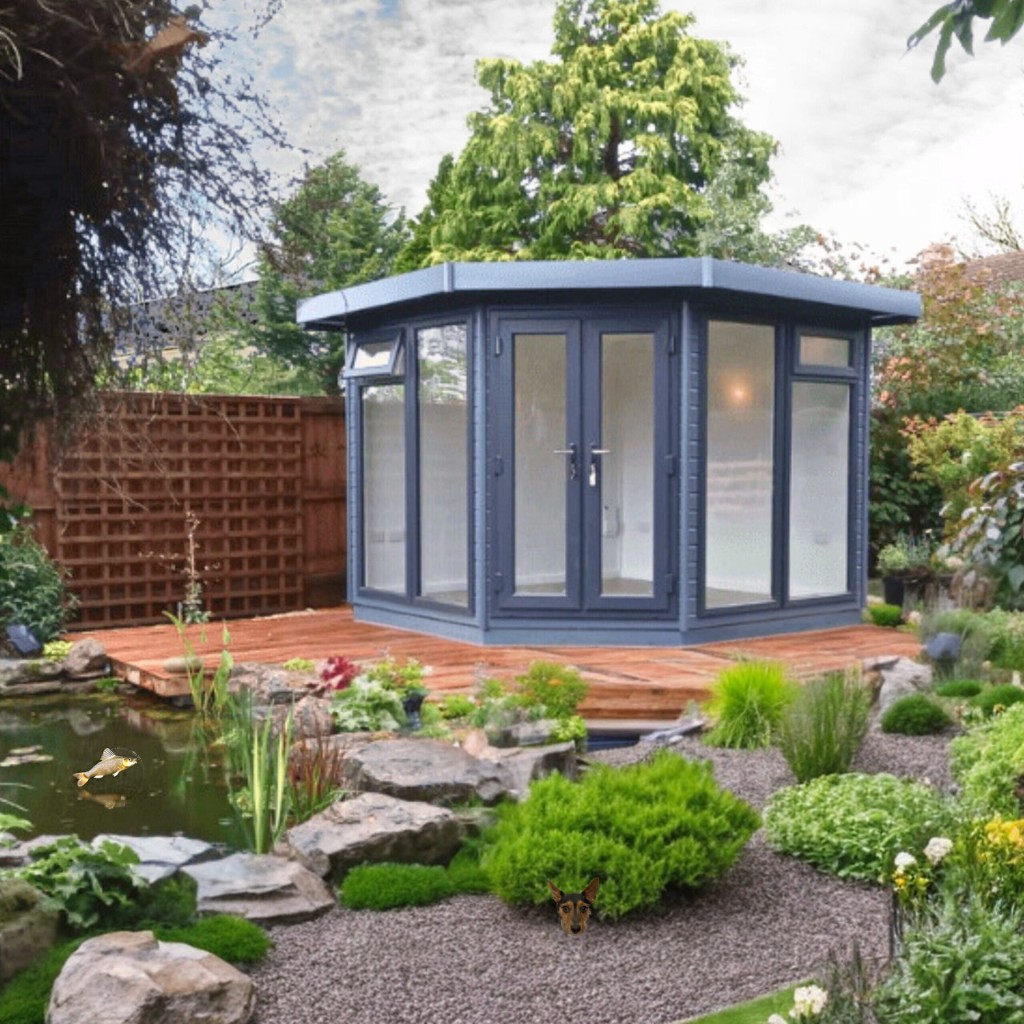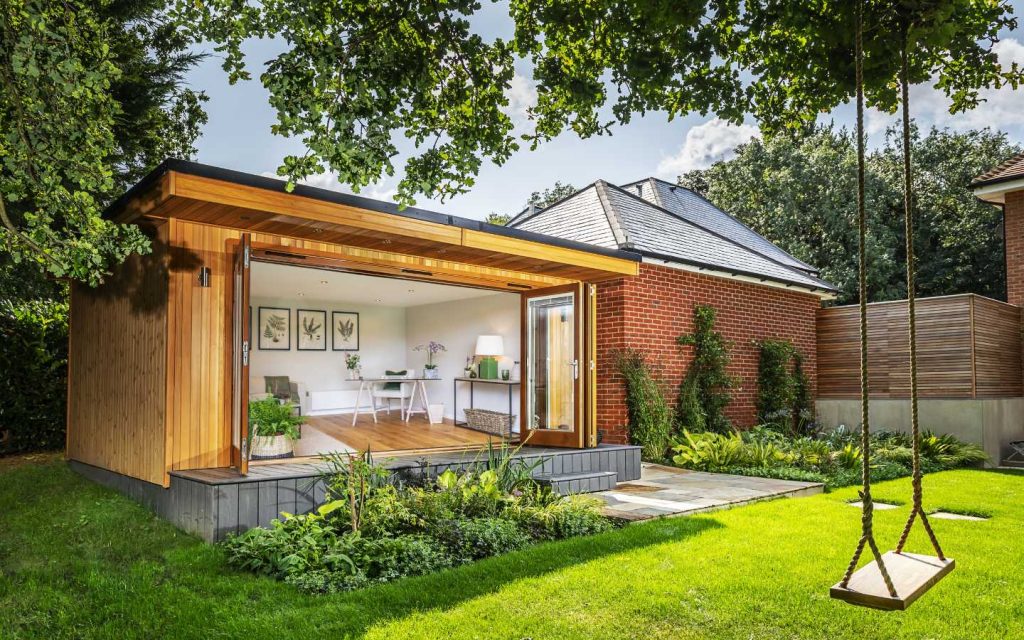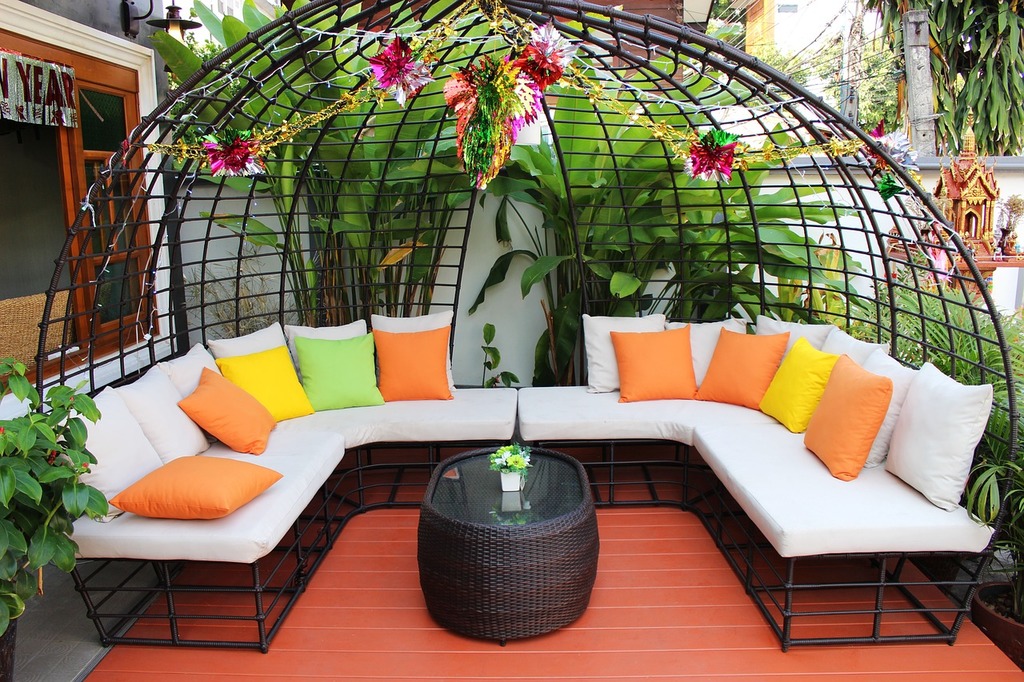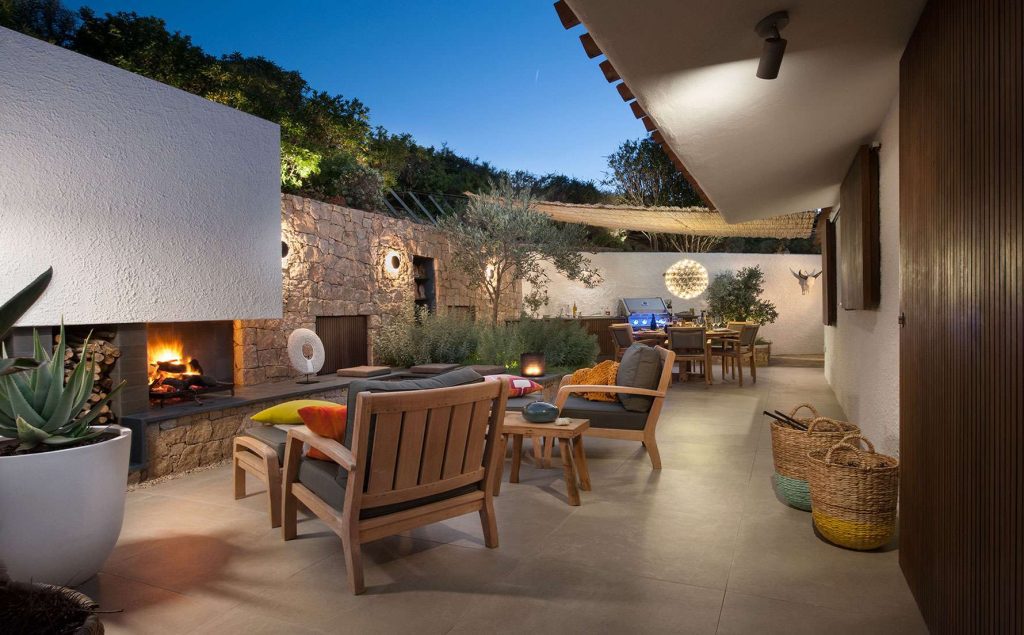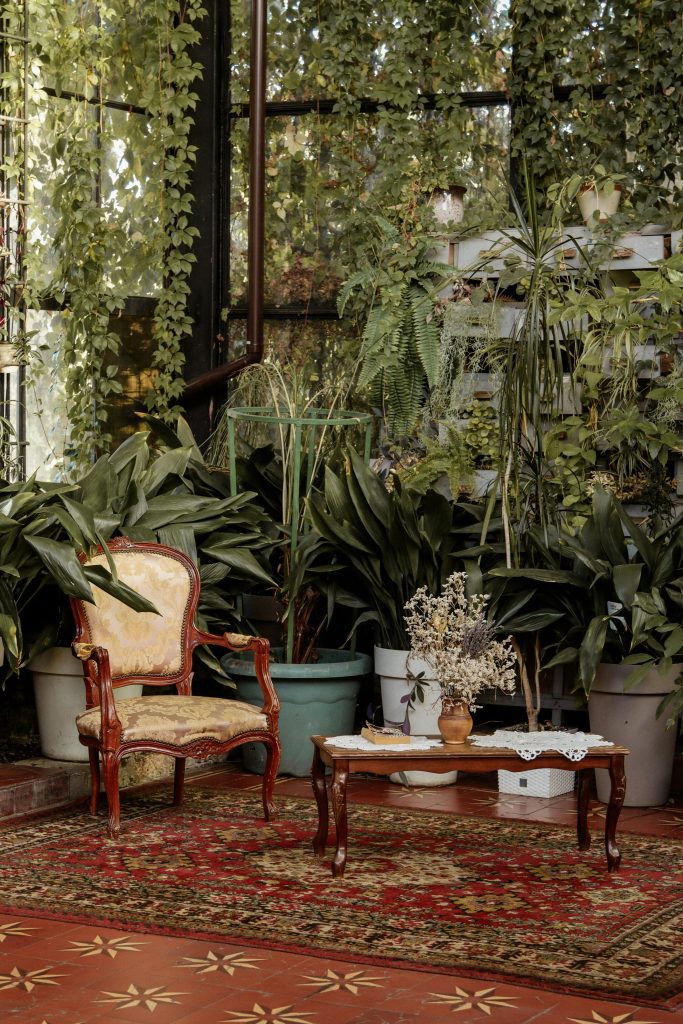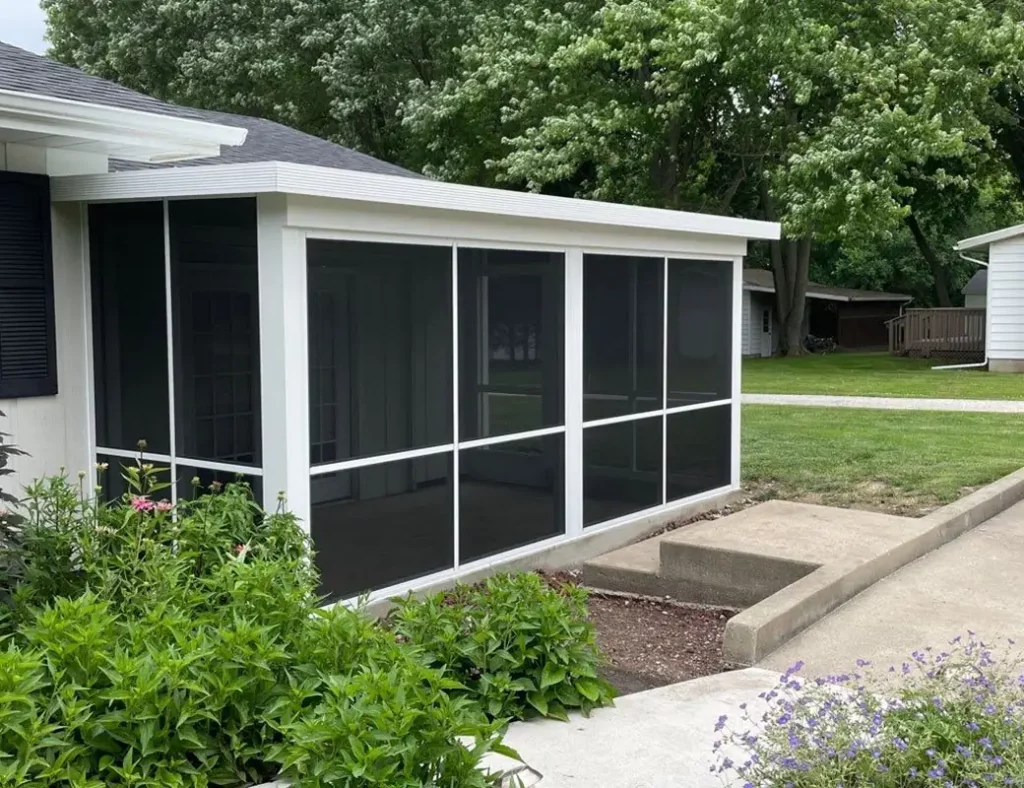How to Design the Perfect Corner Garden Room: A Complete Guide for Maximising Awkward Spaces
Transform that tricky corner of your garden into a stunning sanctuary with a perfectly positioned corner garden room that maximises every inch of space. Corner garden rooms have become increasingly popular in the UK, with installations rising by 35% in 2023, as homeowners seek innovative solutions to maximise their outdoor spaces. Understanding Corner Garden Rooms Corner garden rooms represent a brilliant solution for optimising often-underutilised garden spaces. These purpose-built structures are specifically designed to fit into garden corners, transforming awkward angles into functional living spaces. Recent studies show that corner garden rooms can increase property values by up to 7% while maximising up to 40% more usable space compared to traditional garden room placements. These versatile structures offer unique advantages, including enhanced privacy, improved garden flow, and the ability to create a seamless transition between indoor and outdoor spaces. Planning Your Corner Garden Room Planning Permission: Most corner garden rooms fall under permitted development rights, but always check local regulations, especially if your property is listed or in a conservation area Site Assessment: Evaluate ground conditions, drainage requirements, and existing vegetation Foundation Requirements: Consider concrete pad, pile, or concrete strip foundations based on soil type and building size Access Considerations: Ensure adequate access for construction materials and future maintenance Utilities Planning: Plan for electricity, water, and internet connections if required Maximising Available Space The key to successful corner garden room design lies in clever space utilisation. Recent architectural studies suggest that corner installations can reclaim up to 30% more usable space compared to traditional garden room placements. Implement clever design techniques such as built-in storage solutions, multi-functional furniture, and strategic window placement to enhance the sense of space. Consider incorporating sliding doors or bi-fold systems, which can open up the room to the garden while maintaining a compact footprint when closed. Design Considerations for Corner Installations Roof Styles: Choose between mono-pitch, dual-pitch, or flat roof designs based on aesthetic preferences and practical considerations Window Configuration: Strategic placement of windows to maximise natural light and create visual connections with the garden Door Placement: Consider angular or corner-opening doors to maximise access and flow External Finishes: Select materials that complement both your home and garden aesthetic Choosing the Right Shape and Configuration The shape of your corner garden room significantly impacts its functionality and visual appeal. L-shaped designs have proven particularly popular, with 65% of UK installations in 2023 opting for this configuration. These layouts offer natural zoning opportunities and create sheltered outdoor areas. Triangular designs can maximise acute corners, while innovative angular solutions can create unique architectural statements while optimising space utilisation. Light and Ventilation Strategies Effective lighting and ventilation are crucial for creating a comfortable corner garden room environment. Studies show that properly positioned windows can reduce artificial lighting needs by up to 60%. Consider incorporating roof lights or lantern features to maximise natural light penetration. Strategic placement of opening windows and vents ensures proper air circulation, while modern climate control systems can maintain optimal temperature year-round. Interior Layout and Space Planning Zone Creation: Divide the space into functional areas using furniture placement and room dividers Storage Solutions: Incorporate built-in storage to maximise floor space Furniture Selection: Choose multi-functional pieces that can adapt to different uses Colour Schemes: Use light colours and mirrors to enhance the sense of space Lighting Layers: Implement task, ambient, and accent lighting for versatility Connecting with Your Garden Creating a seamless connection between your corner garden room and the surrounding landscape enhances both spaces. Research indicates that well-integrated garden rooms can increase outdoor space usage by up to 70%. Consider creating transitional zones with decking or patio areas, using complementary planting schemes, and incorporating large glazed areas to blur the boundaries between inside and out. Thoughtful landscaping around the structure can create private outdoor spaces and enhance the overall garden design. Practical Considerations and Installation Successful corner garden room installation requires careful attention to practical details. Recent industry data shows that 90% of installation issues relate to inadequate preparation. Ensure proper foundations are laid, materials are suitable for your climate, and installation is carried out by qualified professionals. Consider factors such as drainage, insulation, and future maintenance access during the planning stage. Modern manufacturing techniques mean most corner garden rooms can be installed within 2-3 weeks, minimising disruption to your garden. Making Your Corner Garden Room Work for You The final touches transform your corner garden room from a simple structure into a personalised space. Focus on creating a versatile environment that can adapt to changing needs. Research shows that 85% of garden room owners modify their space usage within the first year, so flexibility is key. Consider implementing smart home technology for enhanced functionality, choosing durable, low-maintenance materials, and creating a space that reflects your personal style while maintaining practical functionality. Regular maintenance and updates will ensure your corner garden room remains a valuable addition to your property for years to come. FAQ Can I build a garden room next to my neighbour’s fence? Proximity: Planning rules suggest you can build as close as you like to the border between your property and your neighbour. Planning regulations for garden buildings, however, prefer you to leave at least one metre between you and the boundary to be made from a non-combustible material. Do garden rooms add value? A garden room can add value to your property – worth doing whether you’re thinking of selling or not. Plus it’s one of the simpler ways to make your property more desirable. The construction of a garden room is usually simpler than an extension, a loft conversion or knocking down interior walls. Can a garden room have a toilet? A garden room with a toilet provides convenience, privacy, increased property value and versatility. Careful planning of plumbing, electricity, ventilation and drainage are essential features to meet building regulations. What is the largest garden room without planning permission? You may build without planning permission if your garden room is located more than 20 metres from your main


